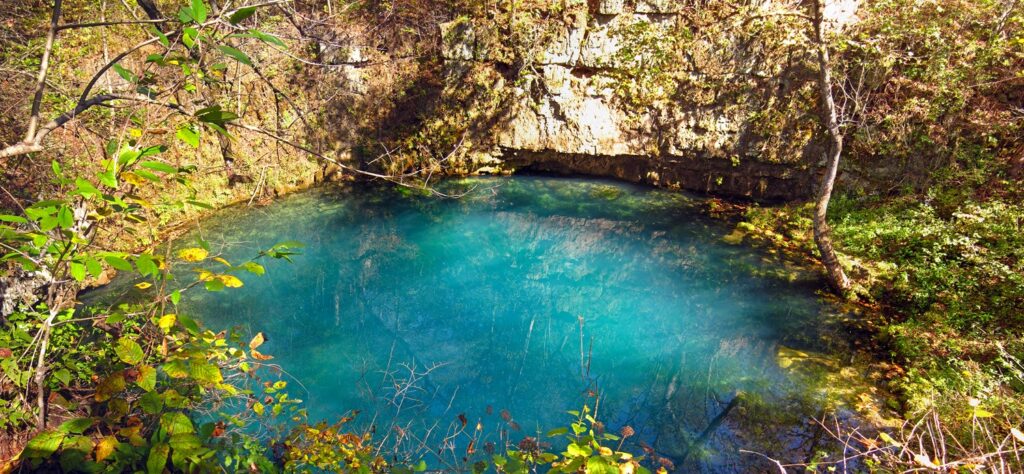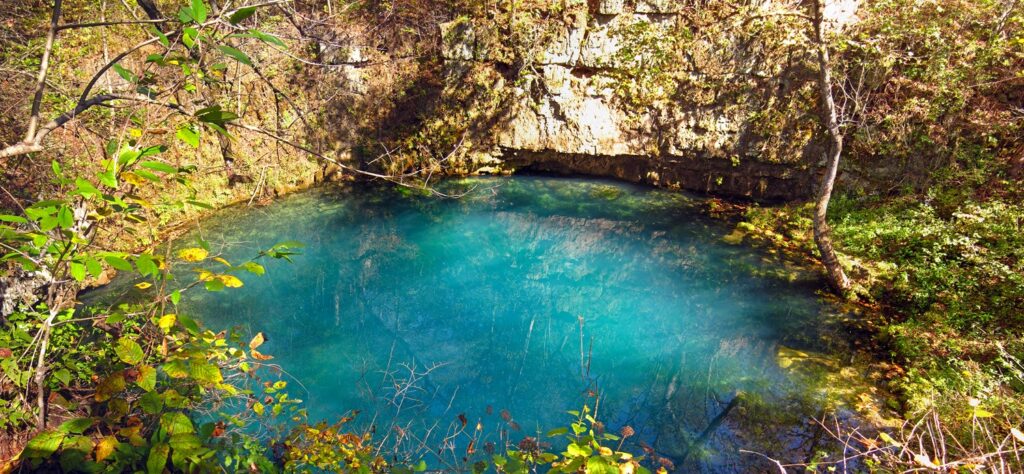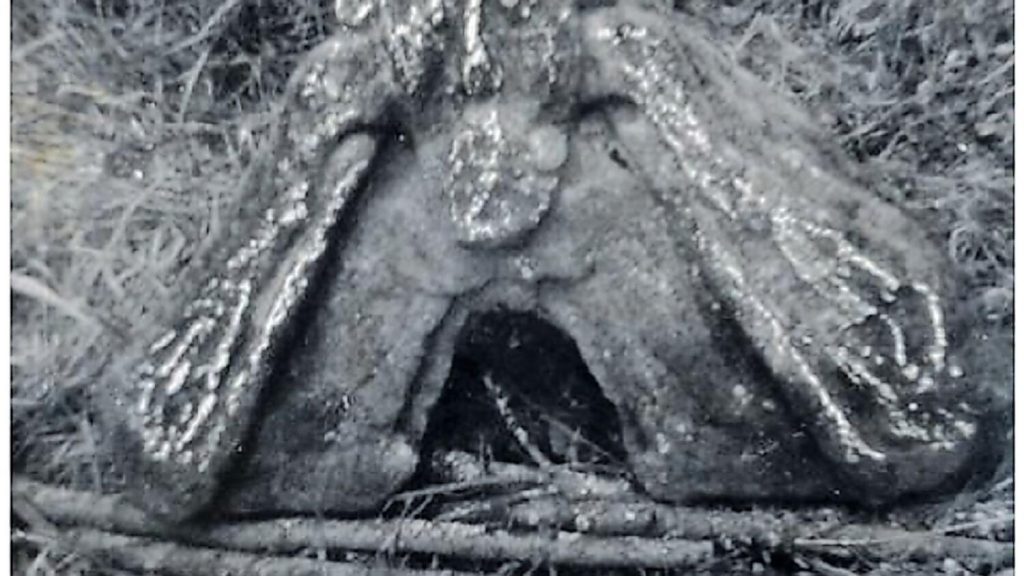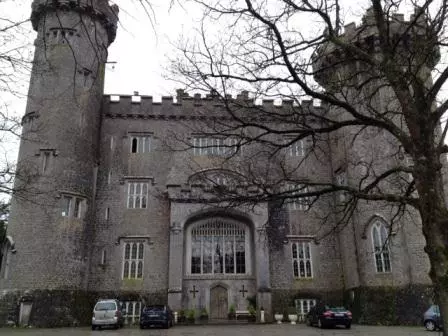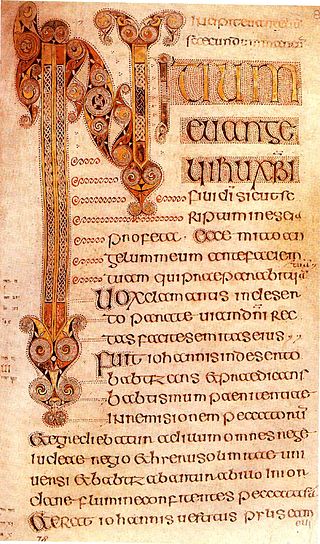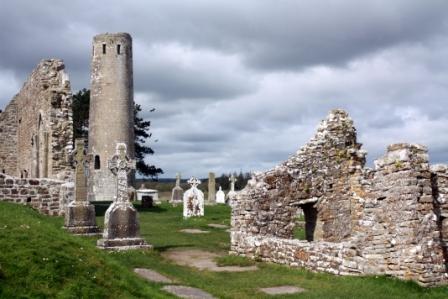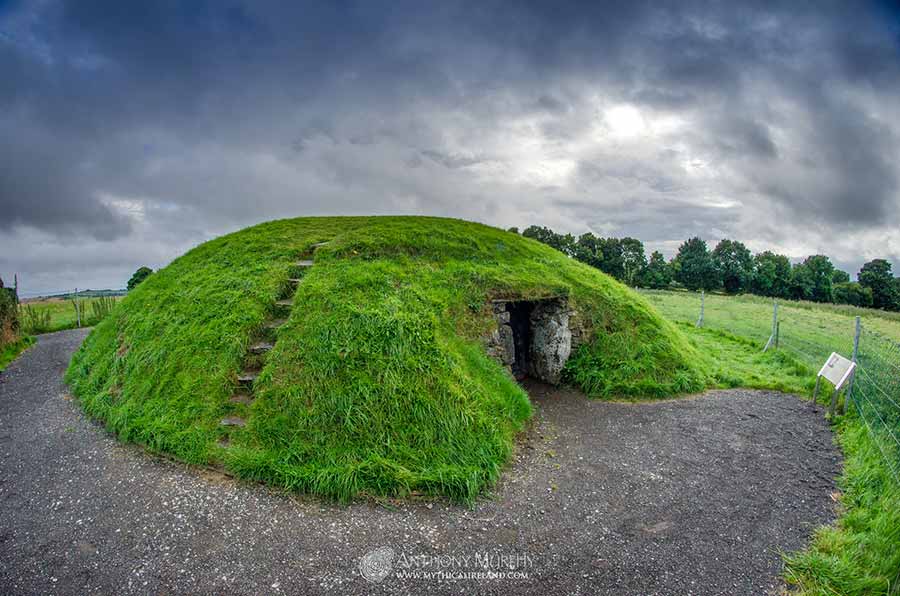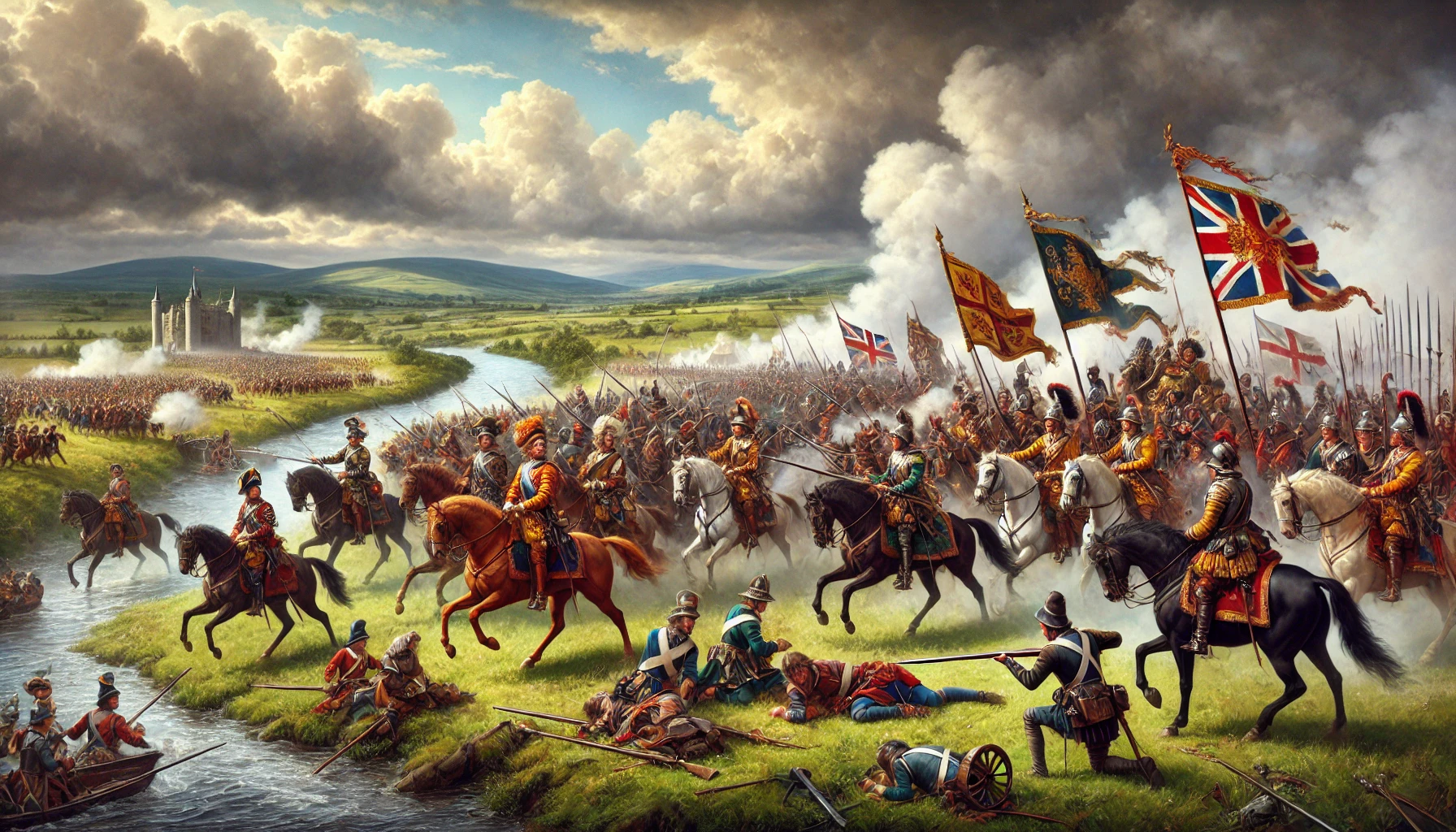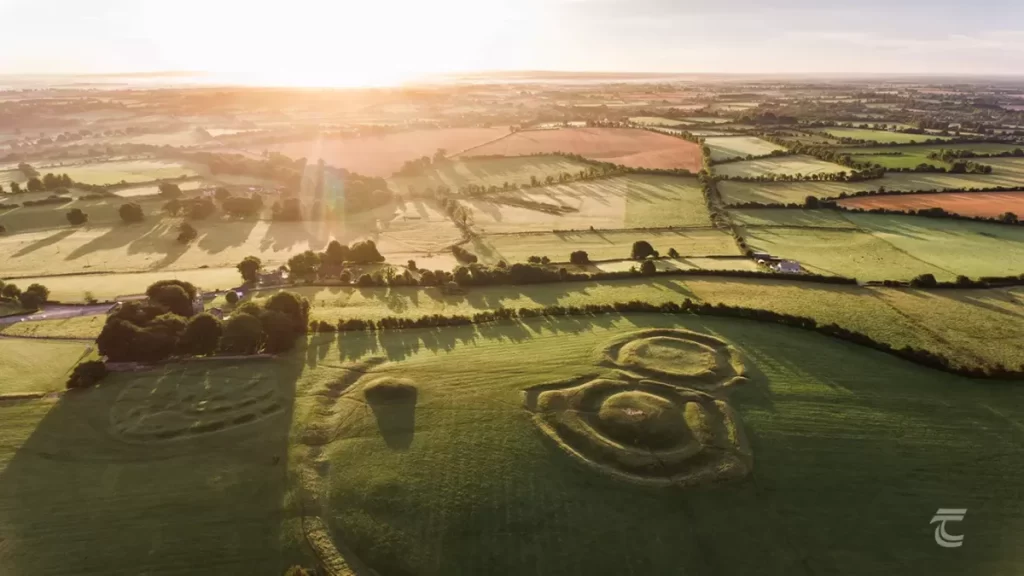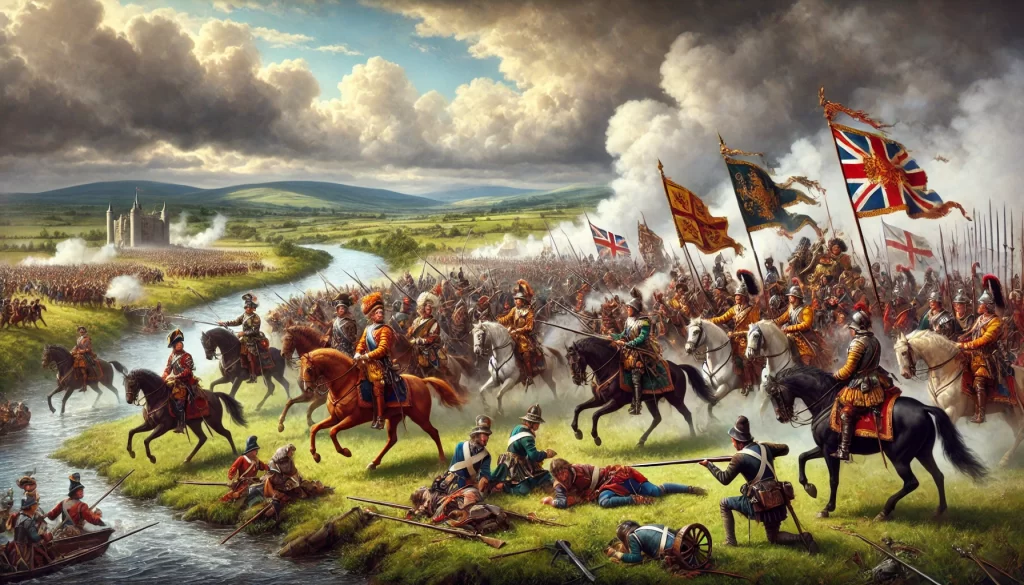
The Battle of the Boyne, fought on July 1, 1690 (July 12 under the Gregorian calendar), is one of the most significant and enduring events in Irish history. It was a clash between two rival monarchs, King William III of Orange and the deposed King James II, over control of the English, Scottish, and Irish thrones.
The battle is not only a landmark in Irish history but also a critical moment in European geopolitics, with implications that shaped the future of Britain, Ireland, and beyond.
This article provides an extensive historical account of the Battle of the Boyne, exploring its causes, the course of the battle, and its lasting legacy in Irish and European history.
The Context: Religious and Political Divisions
The Battle of the Boyne arose from deep political and religious tensions in 17th-century Europe. At the heart of the conflict was the Glorious Revolution of 1688, during which Protestant William of Orange replaced Catholic James II as King of England, Scotland, and Ireland. James’s supporters, known as Jacobites, sought to restore him to the throne, while William’s supporters, the Williamites, aimed to secure his rule.
Ireland became a battleground in this struggle due to its strategic importance and the divisions among its population. The Catholic majority largely supported James, seeing him as a defender of their faith and rights, while the Protestant minority, particularly in Ulster, aligned with William. This religious polarization mirrored broader tensions between Catholic France and Protestant states across Europe, making the battle part of a larger continental conflict.
The Prelude to Battle
In March 1689, James II arrived in Ireland, raising an army with the support of Louis XIV of France. His forces, however, were poorly trained and equipped compared to William’s professional troops. James sought to consolidate his power in Ireland as a base for reclaiming the English throne.
William of Orange landed in Ireland in June 1690 with a formidable army of approximately 36,000 soldiers from across Europe, including Dutch, Danish, German, and English contingents. This coalition underscored the European dimension of the conflict, as William’s campaign was part of a broader alliance against French expansionism.
The armies met near the River Boyne, about 50 kilometers north of Dublin, in a confrontation that would determine the future of Ireland and Britain.
The Battle: July 1, 1690
The Battle of the Boyne was fought along the banks of the Boyne River near Oldbridge. James’s army, numbering around 25,000, took up defensive positions on the south side of the river, while William’s forces attacked from the north.
Morning Engagements
William began the battle with a diversionary maneuver, sending troops to ford the river at Rosnaree, several miles upstream, to outflank James’s forces. This tactic forced the Jacobites to stretch their defenses, weakening their main line near Oldbridge.
Meanwhile, William personally led a frontal assault at Oldbridge, crossing the river under fire. Despite fierce resistance from Jacobite infantry and cavalry, the Williamite forces succeeded in gaining a foothold on the southern bank.
Key Moments
The decisive moment came when William’s well-disciplined troops outmaneuvered James’s inexperienced army. Jacobite cavalry mounted several brave charges, but they were ultimately repelled by William’s superior artillery and infantry.
James, observing the battle from a safe distance, decided to retreat rather than risk total defeat. His withdrawal marked the end of the Jacobite resistance at the Boyne.
The Aftermath
The Battle of the Boyne was not particularly bloody by the standards of the time, with around 2,000 casualties. However, its political and symbolic impact was immense.
For William of Orange
William’s victory secured his hold on the English, Scottish, and Irish thrones. It also dealt a blow to Louis XIV’s ambitions in Europe, as James’s defeat weakened France’s influence in the region. The battle reinforced the Protestant Ascendancy in Ireland, ensuring Protestant dominance in Irish politics and society for centuries to come.
For James II
James fled to France after the battle, earning the derisive nickname “Seamus a’ chaca” (“James the sh*t”) from some of his Irish supporters, who felt betrayed by his hasty retreat. His defeat effectively ended the Jacobite cause in Ireland, though the struggle would continue in Scotland and England.
For Ireland
The battle deepened the sectarian divide between Catholics and Protestants in Ireland. It marked the beginning of the Protestant Ascendancy, a period of political, economic, and social dominance by the Protestant elite. For Catholics, it symbolized the loss of power and autonomy, leading to centuries of discrimination and exclusion.
The Legacy of the Battle
The Battle of the Boyne remains a deeply significant event in Irish history, remembered differently by various communities.
Commemoration
The battle is celebrated annually on July 12 by the Orange Order, a Protestant fraternal organization, as a symbol of Protestant victory and heritage. Parades and marches are held across Northern Ireland, often sparking controversy due to their association with sectarian divisions.
In Popular Culture
The battle has inspired countless works of art, literature, and historical studies, cementing its place in both Irish and European history. It also serves as a reminder of the complex interplay between politics, religion, and identity in Ireland.
Visiting the Battlefield Today
The site of the Battle of the Boyne is now a popular historical attraction. The Boyne Valley Visitor Centre provides detailed exhibits on the battle, its context, and its legacy. Visitors can explore the battlefield, view replicas of period weaponry, and learn about the lives of the soldiers who fought there.
The River Boyne itself adds a serene beauty to the site, contrasting with the violence and upheaval it once witnessed. Walking the grounds, one can feel the weight of history and reflect on the enduring impact of this pivotal event.
Discover More about Ireland’s History
The Battle of the Boyne is just one chapter in Ireland’s rich and complex history. To explore more about Ireland’s legendary past, visit Secret Ireland. From ancient myths to modern struggles, Secret Ireland is your gateway to understanding the stories that shaped the Emerald Isle.
Whether you’re delving into Ireland’s folklore, uncovering its historic sites, or learning about its cultural heritage, Secret Ireland provides the insights and resources you need to connect with Ireland’s remarkable legacy.
The Broader Historical Impact of the Battle of the Boyne
The Battle of the Boyne was not just a pivotal event for Ireland but also a defining moment in European geopolitics. It marked a turning point in the struggle between Catholic absolutism and Protestant constitutionalism, a conflict that defined the 17th century.
European Implications
The Boyne was part of the Nine Years’ War (1688–1697), also known as the War of the Grand Alliance. This larger conflict pitted Louis XIV of France against a coalition of Protestant and Catholic powers determined to check his expansionist ambitions. William’s victory at the Boyne was a blow to Louis XIV, solidifying the Grand Alliance and ensuring Protestant powers maintained dominance in northern and western Europe.
The Glorious Revolution’s Legacy
The Glorious Revolution established the principle of constitutional monarchy in England, with the monarch’s power limited by Parliament. The Battle of the Boyne was crucial in cementing this change, as it demonstrated that William’s rule, backed by parliamentary authority, could withstand challenges from Catholic absolutist forces.
This victory influenced political developments across Europe, inspiring resistance to absolutism in other countries and fostering the rise of democratic governance in the centuries that followed.
Religious Divisions and Sectarian Legacy in Ireland
The Battle of the Boyne cemented the Protestant Ascendancy in Ireland, a period during which political, economic, and religious power was concentrated in the hands of the Protestant elite. This had profound and lasting effects on Irish society.
Penal Laws
In the aftermath of the battle, laws were enacted to suppress the rights of Catholics and dissenting Protestants, ensuring the dominance of the Anglican Church. These Penal Laws restricted Catholic property ownership, education, and participation in public life, deepening the divisions in Irish society.
Sectarian Identity
The battle became a symbol of Protestant triumph and Catholic defeat, solidifying the sectarian divide that has characterized much of Irish history. This legacy is most visible in Northern Ireland, where the Battle of the Boyne continues to be a touchstone for unionist and nationalist identities.
Controversy and Modern Reflections
The memory of the Battle of the Boyne remains contentious in Ireland, particularly in Northern Ireland. The annual July 12th commemorations by the Orange Order are viewed by many as celebrations of cultural heritage, while others see them as provocative and divisive.
Efforts at Reconciliation
In recent years, there have been efforts to reframe the legacy of the Battle of the Boyne as part of a shared history rather than a symbol of division. Cross-community initiatives and educational programs aim to present the battle in a balanced context, emphasizing its historical significance rather than its sectarian implications.
The Boyne Valley Visitor Centre plays a key role in these efforts, offering a neutral space for visitors to learn about the battle’s history without bias. By focusing on the human stories of the soldiers and the broader European context, these initiatives aim to promote understanding and reconciliation.
The Battle of the Boyne in Art and Literature
The Battle of the Boyne has inspired numerous artistic and literary works, underscoring its impact on cultural memory.
Painting and Iconography
Famous depictions of the battle, such as Jan Wyck’s 1693 painting, highlight the drama and grandeur of the event. These works often emphasize William’s leadership and the heroism of his forces, creating a romanticized narrative that has shaped public perceptions.
Poetry and Ballads
The battle has also been immortalized in poetry and ballads, particularly within the Protestant tradition. These works celebrate the victory as a triumph of faith and freedom, often contrasting the perceived heroism of William with the cowardice of James.
Modern Interpretations
In contemporary literature and art, the battle is often explored as a symbol of Ireland’s complex and divided history. Writers and artists use the event to reflect on themes of identity, power, and the lasting scars of conflict.
The Site Today: A Symbol of Reflection and Learning
Visiting the Battle of the Boyne site today offers a chance to engage with Ireland’s history in a tangible and meaningful way. The Boyne Valley Visitor Centre provides a wealth of resources, including detailed exhibits, reenactments, and interactive displays. Walking the battlefield itself, one can imagine the sights and sounds of July 1, 1690, gaining a deeper understanding of the stakes and consequences of the battle.
The site also serves as a reminder of the importance of preserving historical landscapes. By protecting and interpreting sites like the Boyne, Ireland ensures that future generations can learn from the past and engage with the complexities of their heritage.
Rediscover Ireland’s Hidden Stories with Secret Ireland
The Battle of the Boyne is just one of the many compelling chapters in Ireland’s long and storied history. To delve deeper into the myths, legends, and historical events that have shaped the Emerald Isle, visit Secret Ireland.
From exploring ancient landmarks like the Hill of Tara to uncovering the stories of Ireland’s heroes and battles, Secret Ireland offers a wealth of insights into the country’s rich cultural heritage. Discover the legends that define Ireland, learn about its fascinating history, and plan your journey to experience these remarkable sites firsthand.
